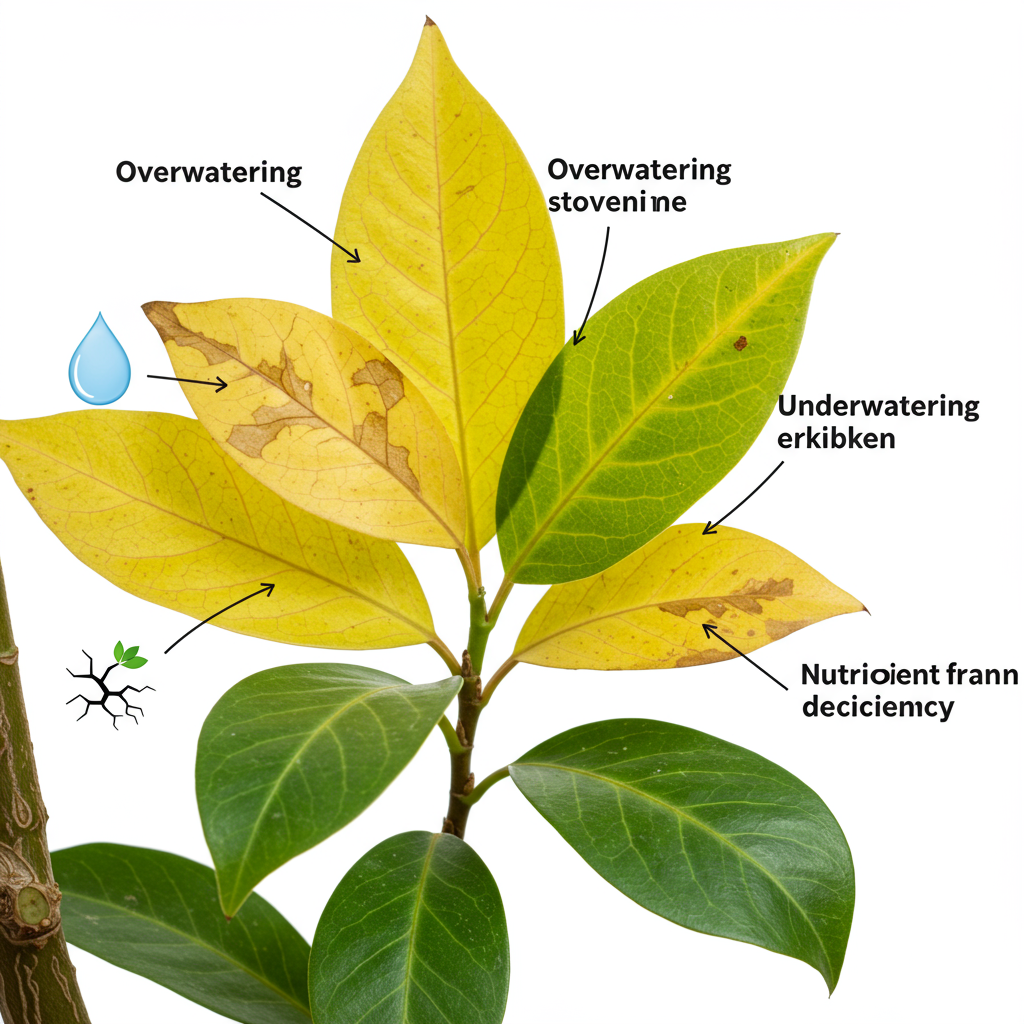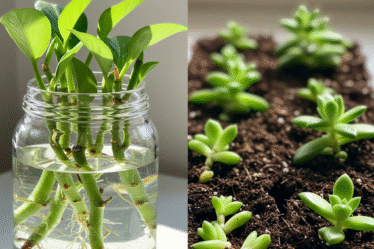
Yellowing leaves are a common cry for help from our houseplants. While a few yellowing leaves on older growth can be a natural part of the plant’s life cycle, widespread yellowing signals a problem. Understanding the root cause of this discoloration is key to reviving your leafy companions. This article will explore the most common culprits behind yellowing leaves and offer practical solutions to restore your plants to their vibrant green glory.
Overwatering is perhaps the most frequent offender. Soggy soil deprives roots of the oxygen they need, essentially suffocating them. This leads to root rot and, consequently, yellowing leaves. Check the soil moisture by sticking your finger a few inches deep. If it feels consistently damp, reduce watering frequency and ensure your pot has proper drainage. Consider using a moisture meter for more precise monitoring. I once had a majestic fiddle-leaf fig that began to dramatically drop its leaves. Upon closer inspection, I discovered the soil was waterlogged. Simply reducing my watering schedule and improving drainage saved the plant.
Underwatering, conversely, also causes yellowing, though the leaves often appear dry and crispy. Establish a consistent watering routine based on your plant’s specific needs and the environment. Research your plant’s native habitat to gain insights into its watering preferences. For example, succulents thrive in dry conditions, while tropical plants prefer consistently moist soil.
Nutrient deficiencies can manifest as yellowing leaves, often accompanied by stunted growth. A lack of nitrogen typically causes older leaves to yellow, while deficiencies in other nutrients, like iron or magnesium, can affect newer growth. Use a balanced liquid fertilizer during the growing season, following the instructions carefully. Conduct a soil test to pinpoint specific nutrient deficiencies for a more targeted approach.
Pests, such as spider mites and aphids, can drain the life out of your plants, leading to yellowing and stippling on the leaves. Regularly inspect your plants for signs of pests, including tiny webs, sticky residue, or the insects themselves. Treat infestations promptly with insecticidal soap or neem oil.
Finally, environmental factors, such as temperature fluctuations, drafts, or insufficient light, can also contribute to yellowing leaves. Ensure your plants are placed in a location that receives appropriate light for their species. Avoid placing them near heating vents or air conditioners, which can cause drastic temperature changes. Protect them from cold drafts, especially during winter months.
Addressing yellowing leaves promptly is crucial for your plant’s health. By understanding the underlying causes and implementing the appropriate solutions, you can nurture your houseplants back to vibrant life and enjoy their beauty for years to come.



